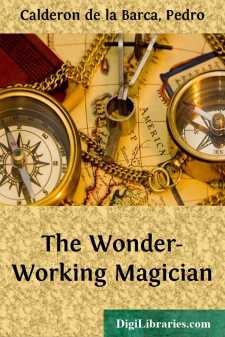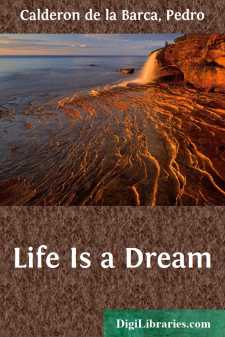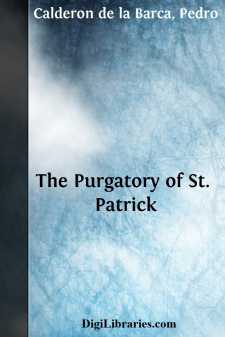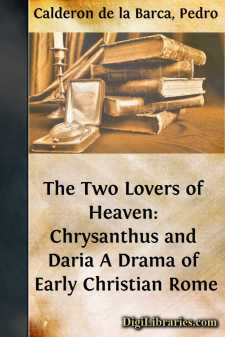Categories
- Antiques & Collectibles 13
- Architecture 36
- Art 48
- Bibles 22
- Biography & Autobiography 813
- Body, Mind & Spirit 142
- Business & Economics 28
- Children's Books 16
- Children's Fiction 13
- Computers 4
- Cooking 94
- Crafts & Hobbies 4
- Drama 346
- Education 46
- Family & Relationships 57
- Fiction 11829
- Games 19
- Gardening 17
- Health & Fitness 34
- History 1377
- House & Home 1
- Humor 147
- Juvenile Fiction 1873
- Juvenile Nonfiction 202
- Language Arts & Disciplines 88
- Law 16
- Literary Collections 686
- Literary Criticism 179
- Mathematics 13
- Medical 41
- Music 40
- Nature 179
- Non-Classifiable 1768
- Performing Arts 7
- Periodicals 1453
- Philosophy 64
- Photography 2
- Poetry 896
- Political Science 203
- Psychology 42
- Reference 154
- Religion 513
- Science 126
- Self-Help 84
- Social Science 81
- Sports & Recreation 34
- Study Aids 3
- Technology & Engineering 59
- Transportation 23
- Travel 463
- True Crime 29
Pedro Calderon de la Barca
Pedro Calderón de la Barca (1600–1681) was a renowned Spanish playwright and poet of the Spanish Golden Age. He is best known for his philosophical play "Life Is a Dream" ("La vida es sueño"), which explores themes of free will, destiny, and human existence. Calderón wrote over 120 plays, many of them religious in nature, such as "The Devotion of the Cross" ("El devoto de la cruz"), showcasing his deep engagement with moral and theological questions. His work, characterized by its complex plots and lyrical language, had a lasting influence on Spanish drama and literature.
Author's Books:
Sort by:
INTRODUCTION. Two of the dramas contained in this volume are the most celebrated of all Calderon's writings. The first, "La Vida es Sueno", has been translated into many languages and performed with success on almost every stage in Europe but that of England. So late as the winter of 1866-7, in a Russian version, it drew crowded houses to the great theatre of Moscow; while a few years...
more...
INTRODUCTION. Two of the dramas contained in this volume are the most celebrated of all Calderon's writings. The first, "La Vida es Sueno", has been translated into many languages and performed with success on almost every stage in Europe but that of England. So late as the winter of 1866-7, in a Russian version, it drew crowded houses to the great theatre of Moscow; while a few years...
more...
Two of the dramas contained in this volume are the most celebrated of all Calderon's writings. The first, "La Vida es Sueno", has been translated into many languages and performed with success on almost every stage in Europe but that of England. So late as the winter of 1866-7, in a Russian version, it drew crowded houses to the great theatre of Moscow; while a few years earlier, as if to...
more...
ACT THE FIRST. Scene I.—A Room in the house of Polemius at Rome. Chrysanthus is seen seated near a writing table on which are several books: he is reading a small volume with deep attention. Chrysanthus. Ah! how shallow is my mind!How confined! and how restricted!Ah! how driftless are my words!And my thoughts themselves how driftless!Since I cannot comprehend,Cannot pierce the secrets hiddenIn this...
more...





